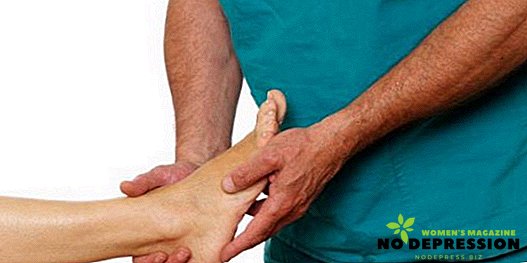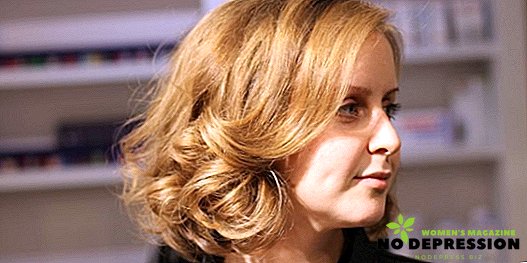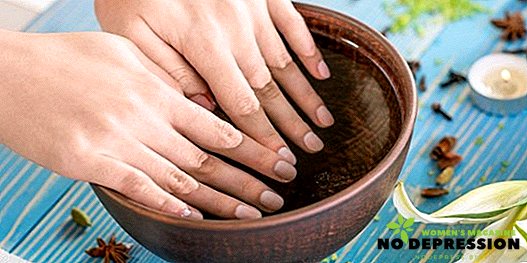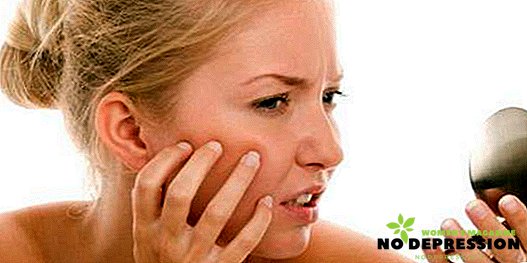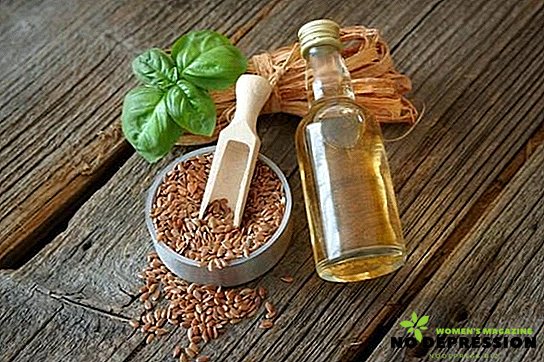Hirudotherapy is a popular method of treating many diseases. Leech therapy is a powerful, but not universal, remedy. Leeches can not be used thoughtlessly - for some diseases they will be useful, but this method is contraindicated for some categories of people.

History of hirudotherapy
Hirudotherapy as a medical practice was practiced thousands of years ago. She was known in ancient Egypt, Greece, India. The mention of hirudotherapy was found in the treatises of Hippocrates and Avicenna.
The peak of the popularity of this therapy in Europe fell on the 17-18 centuries. At that time, the idea that many pathologies were caused by bad blood was common among physicians. Bleeding was often used for treatment. During the Middle Ages, bloodletting was performed by the method of notches, using a scarifier. However, in tender and hard-to-reach places it was very difficult to use it, just in these cases the use of leeches was the most optimal.
A doctor could install about 30-40 leeches on the patient's body to release a large amount of bad blood.
In the middle of the 19th century, serious changes took place in European medical practice, many concepts were radically changed, and hirudotherapy as a method of bleeding was left in the past. However, in the late nineteenth and early twentieth centuries, researchers again became interested in medical leeches, since beneficial substances were found on the bodies of these creatures. For this reason, hirudotherapy has begun to gain popularity again.
In Russia, leech fishing for some time was developed very well and brought considerable income. Thus, in the 19th century, Russia annually supplied up to 100 million leeches to European countries. However, since official medicine has abandoned hirudotherapy, breeding, trapping and selling creatures have almost disappeared.
The benefits of hirudotherapy
In medical practice, leeches are used to treat various conditions. Leeches are placed on the patient's skin, they suck and drink blood, releasing saliva into the wound, which contains nutrients.
In the mouth of the leech there are three small teeth, it bites through the skin to a depth of about 1.5 mm, sucks 15 ml of blood. Leeches were used even in conjunction with acupuncture. Most general practitioners also have acupuncture skills; they choose points on the skin to accommodate leeches in accordance with the laws of acupuncture. Due to the exhaustion of a certain amount of blood, the local blood flow is strengthened. And due to a decrease in blood vessels, blood pressure is reduced.
The biological effect is achieved due to substances in the leech saliva. Saliva contains many biologically active substances, which, entering the blood, cause a number of specific biological reactions in the body. Therapeutic effect have:
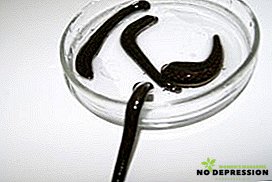 The substance is hirudin. This protein, which is an anticoagulant, is distinguished by its ability to inhibit blood clotting processes. It is also contained in the venom of some snakes.
The substance is hirudin. This protein, which is an anticoagulant, is distinguished by its ability to inhibit blood clotting processes. It is also contained in the venom of some snakes.- The enzyme collagenase. It inhibits platelet gluing.
- Vasodilators Substances that expand the walls of blood vessels and improve local blood flow.
- Proteinase inhibitors. Substances that block proteinase enzymes that destroy the protein molecule. They also have an analgesic effect. Due to which a person does not feel pain during a leech bite.
Indications for use
Hirudotherapy is a very effective method in the following cases:
- Cardiovascular diseases. Leech saliva is a strong coagulant and thrombolytic. With its help, blood clotting is reduced, blood clots are eliminated. Also, hirudin improves the supply of oxygen to tissues, helps fight edema, has a draining effect. This is what determines the effectiveness of hirudotherapy in ischemic disease, heart attack, atherosclerosis, and heart disease. In addition, this method is very effective in any pathologies that are associated with blood stasis.
- Gastroenterology. It is proved that leeches help with gastritis, cholecystitis, pancreatitis, liver cirrhosis, food allergies and other similar diseases. As noted by patients with problems of the digestive system, after hirudotherapy, they quickly feel an improvement in condition.
- Rheumatology and neurology. The following ailments are well treated with leeches: headache, dizziness, trembling, migraine, neurosis, arthritis, arthrosis.
- Nephrology and urology. Hirudotherapy is indicated for cystitis, urolithiasis, renal failure, prostatitis, prostate adenoma and other diseases of the genitourinary system.
- Problems with the respiratory system. Hirudotherapy is recommended for bronchitis, pleurisy, pneumonia, and pulmonary candidiasis.
- Gynecological pathology. Leeches improve blood supply in the ovaries and small pelvis. In this regard, they are used to treat uterine fibroids, ovarian cysts, endometritis, endometriosis, premenstrual syndrome.
- Cosmetic problems. The method of treatment using leeches will get rid of psoriasis, eczema, warts, acne. Also using hirudotherapy to treat varicose veins. In this case, not only improves the appearance, but also stop the pain in the legs.
- Surgery. Hirudotherapy relieves the condition with furunculosis, hemorrhoids, varicose veins.
- Endocrinology. The problems that leeches can cope with include obesity, goiter, and diabetes.
- ENT diseases. Sinusitis, sinusitis, pharyngitis can also be treated using leeches.

In all these cases, hirudotherapy is not as an independent method of treatment, but as one of the additional measures in the complex treatment. For example, a person can undergo a course of treatment with the help of medicines and simultaneously use hirudotherapy.
Contraindications
There is a downside to the use of hirudotherapy. There are several contraindications for treatment with leeches:
- Diseases of the blood. Thus, hirudotherapy cannot be used to treat people who suffer from hemophilia. In case of anemia, leeches are also not recommended, as there is a shortage of red blood cells and platelets in the blood of patients, and after the procedure they will become even smaller.
- Low pressure.
- Pregnancy is also considered a contraindication. This is the case when it is better to play it safe and not risk it.
- Menstruation. During this period, the woman's body loses some of the blood. And the use of leeches can aggravate the situation.
- Oncological pathology.
- Hemorrhagic diathesis.
- Individual intolerance. The case when the patient may be allergic to any components of the saliva leech. Ideally, you should first seek the advice of a doctor who knows when it is possible and when hirudotherapy cannot be applied.


 The substance is hirudin. This protein, which is an anticoagulant, is distinguished by its ability to inhibit blood clotting processes. It is also contained in the venom of some snakes.
The substance is hirudin. This protein, which is an anticoagulant, is distinguished by its ability to inhibit blood clotting processes. It is also contained in the venom of some snakes.


